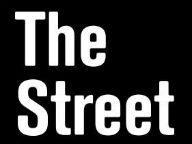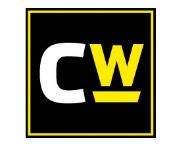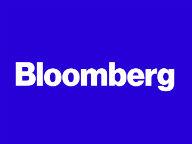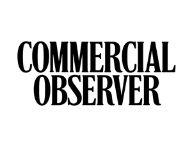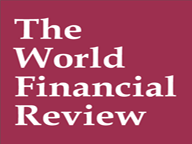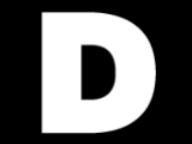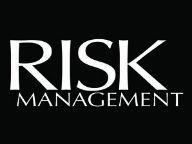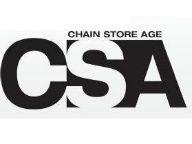Faculty News
—
In a co-authored op-ed, Professor Kim Schoenholtz explains how an independent Central Bank might operate
—

Excerpt from The Huffington Post -- "An independent central bank is a device to overcome the problem of time consistency: the concern that policymakers will renege in the future on a policy promise made today. Keeping inflation low and stable requires a credible policy commitment to price stability that will, from time to time, be highly unpopular. When inflation rises, the central bank must promptly raise interest rates. And, should deflation threaten and the policy rate hit the zero bound, the central bank must respond by using its balance sheet flexibility. In this way, an independent central bank improves economic performance: it can achieve lower and more stable inflation rate without sacrificing long-run economic growth."
Faculty News
—

Excerpt from The Huffington Post -- "An independent central bank is a device to overcome the problem of time consistency: the concern that policymakers will renege in the future on a policy promise made today. Keeping inflation low and stable requires a credible policy commitment to price stability that will, from time to time, be highly unpopular. When inflation rises, the central bank must promptly raise interest rates. And, should deflation threaten and the policy rate hit the zero bound, the central bank must respond by using its balance sheet flexibility. In this way, an independent central bank improves economic performance: it can achieve lower and more stable inflation rate without sacrificing long-run economic growth."


